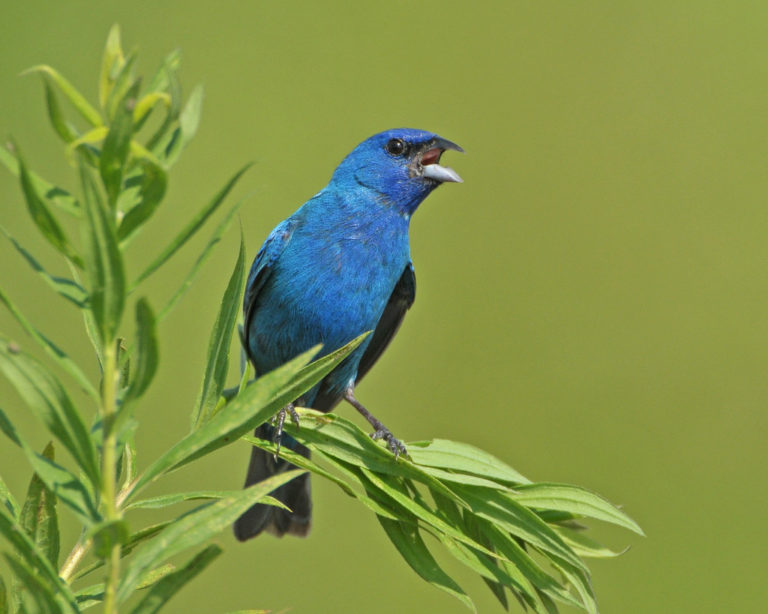by Miriam Swartz and Joe Costanza
Ten birders, including six Pathways guests, participated in the trip. On a sunny and cool day, they identified 30 bird species, enjoyed a quiet lunch in the park, and had a brief history lesson.
The group started the morning of May 13 at River Winds, a relatively recent development founded largely on a dredge spoils dump along the Delaware River. They ended the day at historic Red Bank Battlefield in the town of National Park, NJ. River Winds was conceived in 2002 as a 1,100-acre recreational and community center of West Deptford Township, NJ, while Red Bank dates back to pre-Revolutionary War times.
The birders’ first stop was the mile-long eco-trail at River Winds that winds its way through various bird habitats. A brilliant Indigo Bunting was an early sighting. The trail yielded another 28 species, including Baltimore Oriole, Downy Woodpecker, Great Crested Fly-catcher, and even a Wild Turkey. Disappointing, however, was the absence of Wood Warblers, with only a Black-and-White Warbler spotted. From there, a quick scan of the Delaware River offered a Double-crested Cormorant and spectacular views of the Philadelphia skyline. The group then made their way to the Red Bank Battlefield Park.
The historic Red Bank Battlefield Park, which is part of the Gloucester County park system, is located a short distance north of River Winds, and separated from it by a large dredge spoils area. Quakers Ann and James Whitall established Red Bank in 1748 as a 400-acre plantation. The Whitall house is a central feature of the park, and is open from April through mid-October.
In 1777, life at Red Bank changed when American forces built Fort Mercer immediately north of the Whitall house and its sister fort, Fort Mifflin, in Pennsylvania. The cannons of the two forts were intended to prevent the British from using the river to supply their troops in Philadelphia. Frustrated by their inability to destroy the forts by cannon fire, the British ordered 1,200 Hessian troops, under the command of Colonel Carl von Donop, to storm Fort Mercer. The Hessians were routed by the Americans, and suffering heavy casualties, retreated to their camp in Haddonfield. Von Donop was killed in the battle, and a monument has been erected where he fell. Eventually Fort Mercer, under relentless bombardment, was lost to the British after Fort Mifflin was captured in November 1777. A stalemate ensued and Washington withdrew his troops to Valley Forge. The rest, so to speak, is history.



